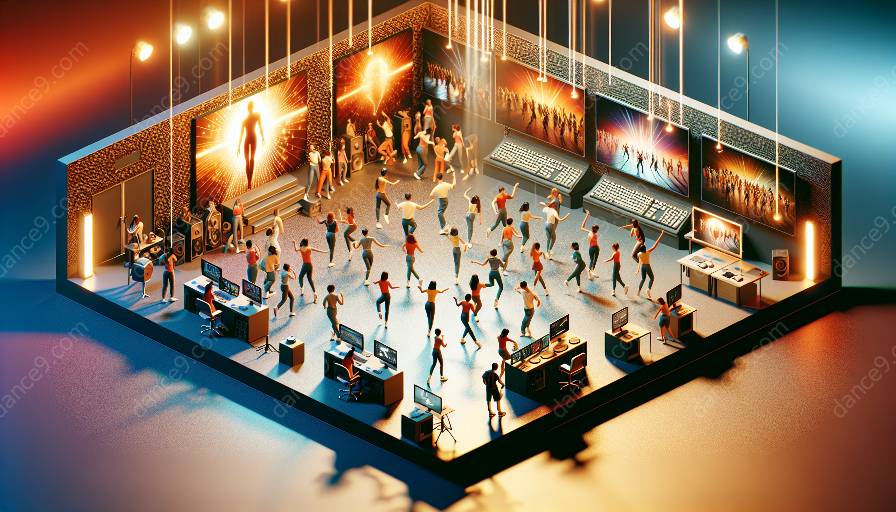Preserving historic dance performances in digital archives is a critical aspect of safeguarding the rich heritage of dance and ensuring its accessibility to future generations. In the context of dance and video art, the preservation of historic performances holds immense value as it converges the art of dance with the visual storytelling capabilities inherent in video art. Similarly, the intersection of dance and technology presents unprecedented opportunities for capturing, preserving, and presenting dance performances in innovative ways.
The Significance of Preservation
Historic dance performances are precious cultural artifacts that encapsulate the artistry, creativity, and cultural narratives of their time. By digitizing and archiving these performances, their invaluable artistic and historical significance can be safeguarded for posterity. Moreover, the preservation of historic dance performances in digital archives contributes to the enrichment of dance scholarship, education, and artistic inspiration, fostering a deeper understanding and appreciation of the evolution of dance as an art form.
Challenges and Considerations
Preserving historic dance performances in digital archives presents unique challenges due to the ephemeral nature of dance as a live art form. Capturing the essence of a dance performance through digital mediums requires careful consideration of choreographic nuances, spatial dynamics, and the embodied expressions of the dancers. Additionally, the ethical and legal aspects of archiving dance performances, such as permission for archival use and intellectual property rights, necessitate a thoughtful approach to ensure the respectful preservation of dance works.
Methods of Preservation
Several innovative methods are employed for the preservation of historic dance performances in digital archives. High-definition video recordings, 3D motion capture technologies, and virtual reality applications enable the immersive capture and preservation of dance performances, offering viewers an authentic experience of witnessing the artistry and emotive power of dance. Furthermore, metadata tagging, contextual documentation, and interactive digital platforms enhance the accessibility and contextual understanding of archived dance performances, enriching the archival experience for researchers, artists, and audiences.
Collaborations and Partnerships
The preservation of historic dance performances in digital archives often thrives through collaborative efforts between dance artists, archivists, technologists, and cultural institutions. Collaborative initiatives facilitate the integration of diverse expertise, resources, and perspectives, leading to the development of holistic preservation strategies that honor the integrity and cultural nuances of dance performances while leveraging advanced technological capabilities for archival purposes.
Impact and Accessibility
Digital archives of historic dance performances have a transformative impact on the accessibility of dance as an art form. By transcending geographical boundaries and temporal limitations, digital archives enable global audiences to engage with diverse dance traditions, pioneering works, and contemporary expressions. Moreover, the digital preservation of historic dance performances fosters interdisciplinary collaborations, inspiring cross-pollination between dance, visual arts, technology, and scholarly research, thereby enriching the broader cultural landscape.
Future Directions
The future of preserving historic dance performances in digital archives holds promising potential for continued innovation and evolution. Advancements in artificial intelligence, virtual reality, and interactive media are poised to revolutionize the archival and experiential dimensions of historic dance preservation, offering new modes of engaging with dance works and amplifying their educational and artistic impact.
In conclusion,
The preservation of historic dance performances in digital archives represents a dynamic convergence of dance and technology, nurturing the intersection of dance and video art while safeguarding the legacy of dance for future generations.

































